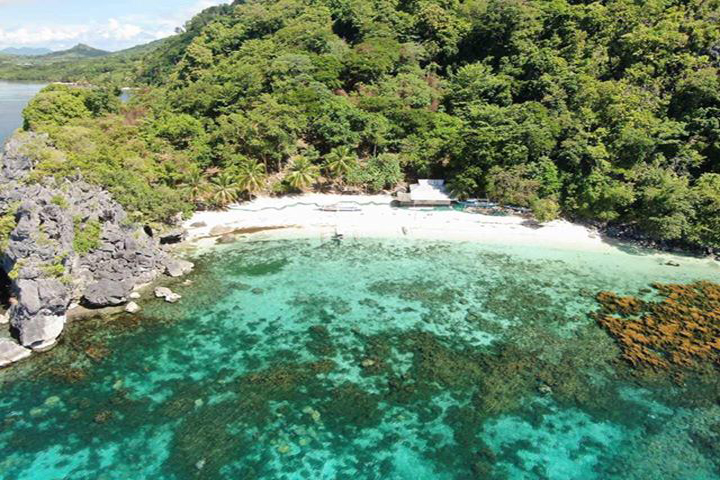By Celeste Anna Formoso/PNA

PUERTO PRINCESA CITY, Palawan — The population of the “balinsasayaw” (swiftlet), the bird that weaves the edible Nido nest, is under threat in the northern Palawan town of Taytay due to land clearing activities that affect the bird’s habitat.
Former Taytay mayor Roberto Rodriguez said on Monday the balinsasayaw birds on Pangalan Point in Mayteguid Island are in grave danger because of the disturbance that the land clearings create.
Pangalan Point, he said, has caves that serve as nesting areas for the balinsasayaw, while its surrounding forest is their foraging ground.
Rodriguez explained there is a high demand for the edible bird’s nest because each kilo at farm gate prices sells for PHP180,000.
He said under-brushing activities have been done in the area for the planting of some coconut trees, banana, mango, and others in front of the island’s beach.
“The area is restricted and classified as timberland and it is also being proposed as one of the main selling points for the community-based sustainable tourism (CBST) industry in Taytay,” he said.
Because of this, it is important to protect the island and the source of income of Nido nest gatherers in Taytay.
Joie Matillano, Taytay municipal government tourism officer, believes that Mayteguid also has potentials for community-based tourism (CBST) that can help empower local villages.
He said one of the plans of the local tourism council is to capitalize on the community-managed balinsasayaw industry as one of the unique features of experiential tourism.
By doing so, this will empower residents “to become more passionate about protecting and saving the remaining habitat of balinsasayaw in Taytay,” Matillano said.
Among the many islands in Taytay Bay, only the islands of Mayteguid and Pabellon are the remaining habitats of the balinsasayaw.
With illegal land clearing or under-brushing activities, the local income opportunity for the “buceadors” or bird’s nest harvesters is under threat.
“I am very apprehensive that the loss of the balinsasayaw habitat will destroy not only the natural beauty of the island but also income opportunities of local residents who have been harvesting the bird’s nest since the time of their forefathers,” Rodriguez said.
Rodriguez said he had notified the Department of Environment and Natural Resources (DENR) about the concern, but there has been no action taken yet.
“We hope that the concerned agencies will take appropriate action to preserve our natural and cultural heritage because the under-brushing activity is still continuing even until now,” he added.
